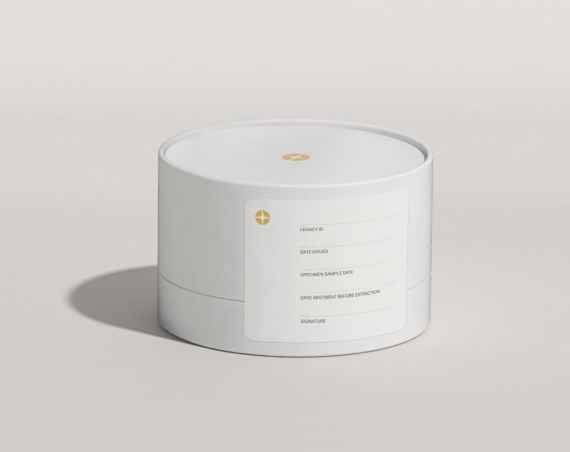
Researchers at the Royal Hospital for Women in Sydney (Australia) have made a groundbreaking breakthrough in the diagnosis and treatment of endometriosis. By successfully cultivating tissue samples representing all known types of endometriosis within a laboratory setting, tfhe team has could observe cellular transformations and compare tissue responses to various treatments. This newfound understanding holds tremendous potential for doctors to enhance the accuracy of diagnosing different forms of endometriosis, thereby ensuring that patients receive the most effective treatment for their specific condition.
Moreover, this discovery will provide invaluable insights into the future fertility prospects of women with endometriosis. By discerning the specific type of endometriosis present in a patient, Professor of Obstetrics and Gynaecology, Jason Abbott, at the Royal Hospital for Women explains that clinicians will be able to predict whether a more aggressive and invasive form of the disease is likely to manifest, thus allowing for targeted treatment options that can preserve fertility: “Thirty years ago, we treated all breast cancers the same. We now know there are many different types of breast cancer and treat them accordingly. This is a similar breakthrough and will allow more targeted and therefore more effective treatment, depending on the type of endometriosis a patient has.”
Abbott draws a parallel between this milestone in endometriosis research and the advancements achieved in breast cancer treatment. He notes that three decades ago, all breast cancers were treated uniformly, but now, with a comprehensive understanding of the various subtypes, tailored treatments have led to improved outcomes. Similarly, this breakthrough in endometriosis research will enable more targeted and therefore more effective treatments based on the specific type of endometriosis a patient presents.


